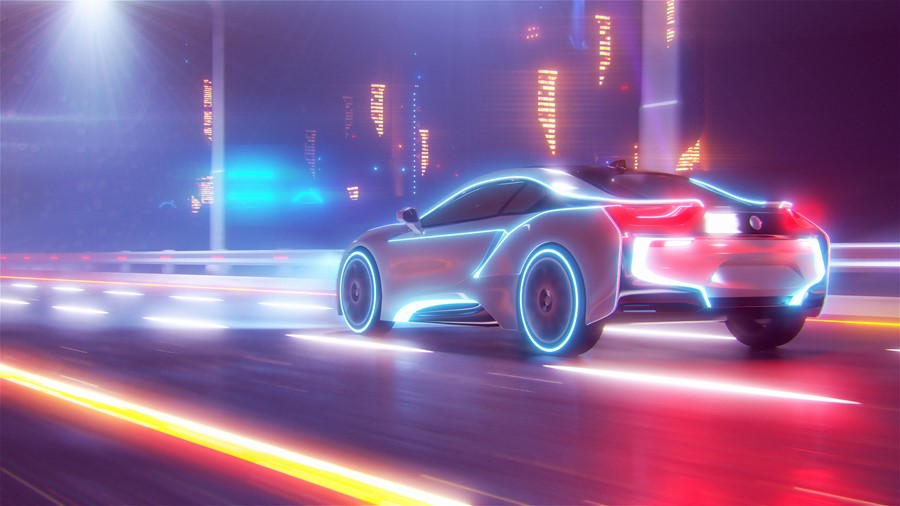Graphene applications: AUTOVISION
Graphene Flagship Spearhead Project AUTOVISION is developing a new high-resolution image sensor for autonomous vehicles, which can detect obstacles and road curvature even in extreme and difficult driving conditions.
Semi-autonomous driving has the potential to prevent up to 90% of car collisions every year. It can ease traffic congestion in mega-cities and reduce carbon emissions. However, low-visibility conditions hinder the uptake of autonomous driving. 70% of all accidents on the road happen under these conditions. Fog, rain, snow, bright sunlight, and low-light conditions obscure vision of the road.
Infrared cameras can provide robust automotive safety under all conditions. Proof-of-concept cameras enhanced by two-dimensional materials have shown high performance in the infrared spectrum, but their current manufacturing methods are unattractive for industrial adoption due to the high costs involved.
The scientists and engineers in the AutoVision project have developed a scalable graphene integration process. The process is developed on similar tools used in existing semiconductor foundries that manufacture computer chips.
Thanks to graphene’s unique properties, it can be integrated on top of a conventional semiconductor wafer. The AUTOVISION process could lead to high volume production and enable an excellent cost-performance ratio. AUTOVISION enables the widespread adoption of high-performance infrared imaging sensors for the next generation of advanced driver assistance systems, boosting the uptake of semi-autonomous driving.

Semi-autonomous driving has the potential to prevent up to 90% of car collisions every year.
AUTOVISION enables the widespread adoption of high-performance infrared imaging sensors for the next generation of advanced driver assistance systems, boosting the uptake of semi-autonomous driving.




